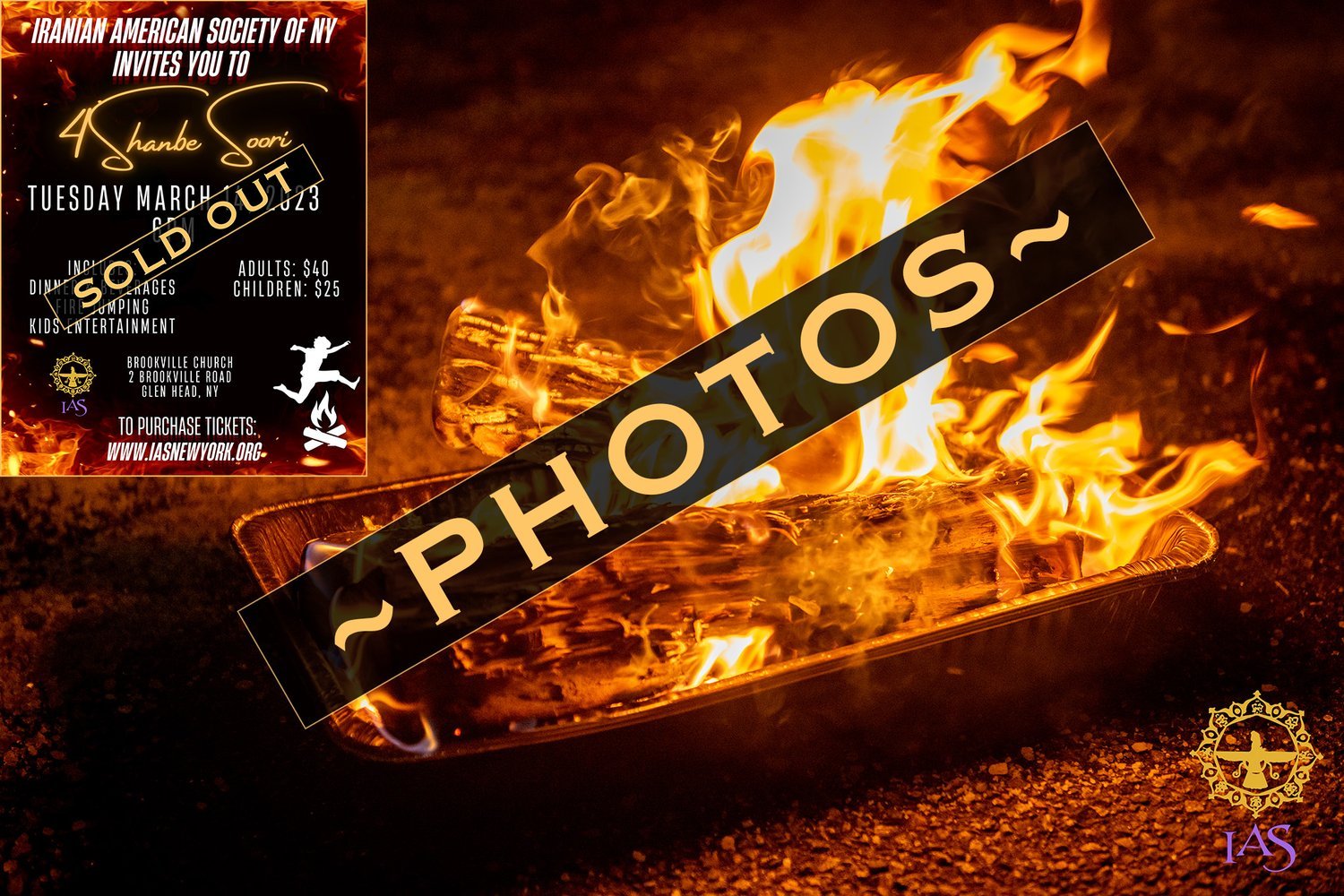Ferdowsi Farsi Schools: Now Enrolling!
📚✏️🚌
Ferdowsi Farsi Schools: Now Enrolling! 📚✏️🚌
Dear Fellow Iranian-Americans,
We are pleased to announce our growth, our commitment and vision for our Persian community since 1983 and expect similar growth in the future. Throughout the years, we have managed to grow, help those in need locally, nationally and internationally, and kept our unique culture alive. The goal of this society, in addition to the promotion of the Persian language, culture and the long heritage of Iran, is protecting the welfare of Iranian-Americans and their families and to encourage them to get involved in social, cultural, and community activities. We ask for your participation and contributions in order to guarantee our future success. IAS is most proud of its two (2) Ferdowsi Farsi schools, located in Long Island, and Brooklyn and its newest Ferdowsi Farsi Classes for Adults. Furthermore, IAS strives to create opportunities for introducing our rich culture to other ethnic and racial groups.
The Iranian American Society of New York, Inc. (IAS) is a non-profit, non-political and non-religious organization whose charter includes promotion of the Persian language, heritage and culture.
IAS takes pride in providing humanitarian, medical and financial assistance to needy Iranians.
Upcoming Persian Events
〰️
Upcoming Persian Events 〰️
-
Yalda Night or Chelleh Night is an Iranian winter solstice festival celebrated on December 20th or 21st of each year. The longest and darkest night of the year is a time when friends and family gather together to eat, drink and read poetry (especially Hafez) until well after midnight.
Fruits and nuts are eaten and pomegranates and watermelons are particularly significant. The red color in these fruits symbolizes the crimson hues of dawn and glow of life. The poems of Divan-e Hafez, which can be found in the bookcases of most Iranian families, are read or recited on various occasions such as this festival and Nowruz.
Shab-e Yalda was officially added to Iran's List of National Treasures in a special ceremony in 2008.
-
Please join us in celebrating our Mothers at our annual Mother's Day Luncheon. There will be dancing and celebration with a full-course lunch with friends and family. This event is a 12 and over ladies-only event.
-
Nowruz (New Day) is the Iranian New Year, also known as the Persian New Year, which begins on the spring equinox marking the first day of Farvardin, the first month of the Iranian solar calendar. It is celebrated worldwide by various groups and falls on or around March 21 of the Gregorian calendar.
Nowruz has Iranian and Zoroastrian origins; however, it has been celebrated by diverse communities for over 3,000 years.
As the spring equinox, Nowruz marks the beginning of spring in the Northern Hemisphere as families gather together to observe rituals. While Nowruz has been celebrated since the 11th century CE to mark the new year, the United Nations officially recognized the "International Day of Nowruz" in 2010.
-
Chaharshanbe Soori is an Iranian festival of the fire dance celebrated on the eve of the last Wednesday of the year of ancient Zoroastrian origin. It is the first festivity of the Nowruz Celebrations festival, the Iranian New Year.
Jumping over the Fire - Before the start of the festival, people gather brushwood in an open, free exterior space. At sunset, after making one or more bonfires, they jump over the flames, singing sorkhi-ye to az man, zardi-ye man az to, literally meaning "[let] your redness [be] mine, my paleness yours", or a local equivalent of it. This is considered a purification practice.
-
Join IAS for our Annual General Meeting. Luncheon followed by guest speaker presentation and Election of the Board of Directors.
-
Sizdah Be-dar also known as Nature's Day is an Iranian festival held annually on the thirteenth day of Farvardin, the first month of the Iranian calendar, during which people spend time picnicking outdoors. It marks the end of the Nowruz holidays in Iran.
-
Occasionally, IAS hosts a Gala Event in Summer. On August 5th, 2023, we celebrated with the one and only Shahram Solati at Crest Hollow Country Club in Woodbury, New York.
It was a spectacular event with Live Music, Outdoor Cocktail Hour, Top Shelf Open Bar, 4-Course Dinner and of course all-night Dancing!
-
Mehregan is a Zoroastrian and Iranian Festival of Autumn celebrated to honor the yazata (angelic divinity) Mithra, which is responsible for friendship, affection and love.
Mehregan was the second most important festival, falling behind Nowruz. Due to these two festivals being heavily connected with the role of Iranian kingship, rulers were usually crowned on either Mehregan or Nowruz.








































